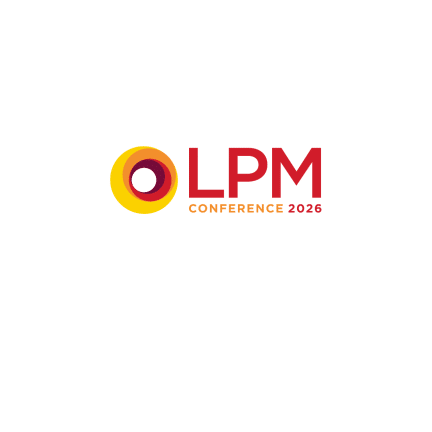
Many voices, one system: a guide to choosing your next practice management system
Tessaract offers top tips on selecting the right practice management system for your law firm —balancing the demands of different firm stakeholders and people’s tech needs to keep senior management, finance, fee‑earners and IT happy
Picture the room: the managing partner wants agility, better client experience, increased productivity and ultimately an improved bottom line. Finance wants tighter lockup and fewer write‑offs. Fee earners just want the admin to get out of the way. IT is quietly (and rightly) worrying about security, integrations and the data model.
All four are right — the challenge is how to balance the demands of the different stakeholders.
Here’s a friendly, no‑drama way to listen to all those voices and choose a practice/case management system (PCMS) you can actually live with.
Start with outcomes, not features
Before anyone says “API” or “mobile app”, agree what success looks like in plain language. A handful of examples:
- Get paid faster: shorten the time it takes to turn work into cash by reducing how long bills and collections are stuck in limbo.
- Capture more time: make sure lawyers are recording a higher percentage of their work within the first month of using the new system.
- Open matters quicker: speed up the process of setting up a new client/matter (including conflict checks and KYC) so work can start sooner.
Write these down. Put them at the top of every agenda. When trade‑offs come (and they will), the outcomes break the ties, not whoever speaks loudest.
Give each voice a simple seat at the table
Let’s translate stakeholder “asks” into what they’re really trying to achieve:
- Executive leadership
Wants: Growth, happier clients, firm‑wide visibility.
Plain‑English ask: “Give me KPIs I can trust and the agility to shift pricing or resourcing without a six‑month project.” - Finance
Wants: Revenue integrity, client money compliance, clean bills, fewer write‑offs.
Asks: “Let me control rates at source, fix billing issues quickly, and sleep at night.” - Fee‑earners
Wants: Less admin, faster matter start‑up, painless time.
Asks: “If it’s more than a few clicks, it won’t happen.” - IT
Wants: Security, resilience, clean integrations, sane data.
Asks: “MFA, proper audit trails, documented APIs and no hostage data.”
None of those are frivolous. Treat them as non‑negotiable guardrails (security, client accounting) or priority goals (adoption, billing depth), then you’re debating how to meet them, not whether they matter.
Agree a few ground rules up front
Think of these as relationship vows for the programme:
- Configure before you customise — unless a change obviously delivers a big, measured win.
- Optimise for adoption — a benefit for 80% of fee‑earners beats a niche edge case.
- Open by design — APIs and webhooks for matter lifecycle events; clean data exports.
- Security by default — MFA, audit logs
- Time‑to‑value — ship a workable phase one first, then iterate.
Put owner names next to the hard stops: Finance owns revenue integrity/trust rules; IT security owns… well, security.
Decide how you’ll decide
It sounds obvious, but many programmes stall here. Be explicit:
- A steering group (executive‑led) sets scope, budget, and breaks ties — using the outcomes, not intuition
- A product owner (business‑side) runs the backlog and day‑to‑day priorities
- Finance has veto on anything that weakens revenue integrity or client money controls
- IT security has veto on security/compliance
- A working group (cross‑functional) runs demos/PoV and recommends
A tiny checklist you can steal
- We’ve agreed five key outcomes and how we’ll measure them
- Our ground rules and vetoes are written down, with owners attached
- Day 1 wins are mapped for senior management, finance, fee‑earners, and IT
- Decision rights are clear; we know who breaks ties and why
Balancing stakeholder requirements isn’t about splitting the difference; it’s about making trade‑offs explicit and pointing everyone back to the outcomes you agreed at the beginning. Do that, and collectively you can ensure a successful implementation which aligns expectations and delivers for stakeholders across the firm.




